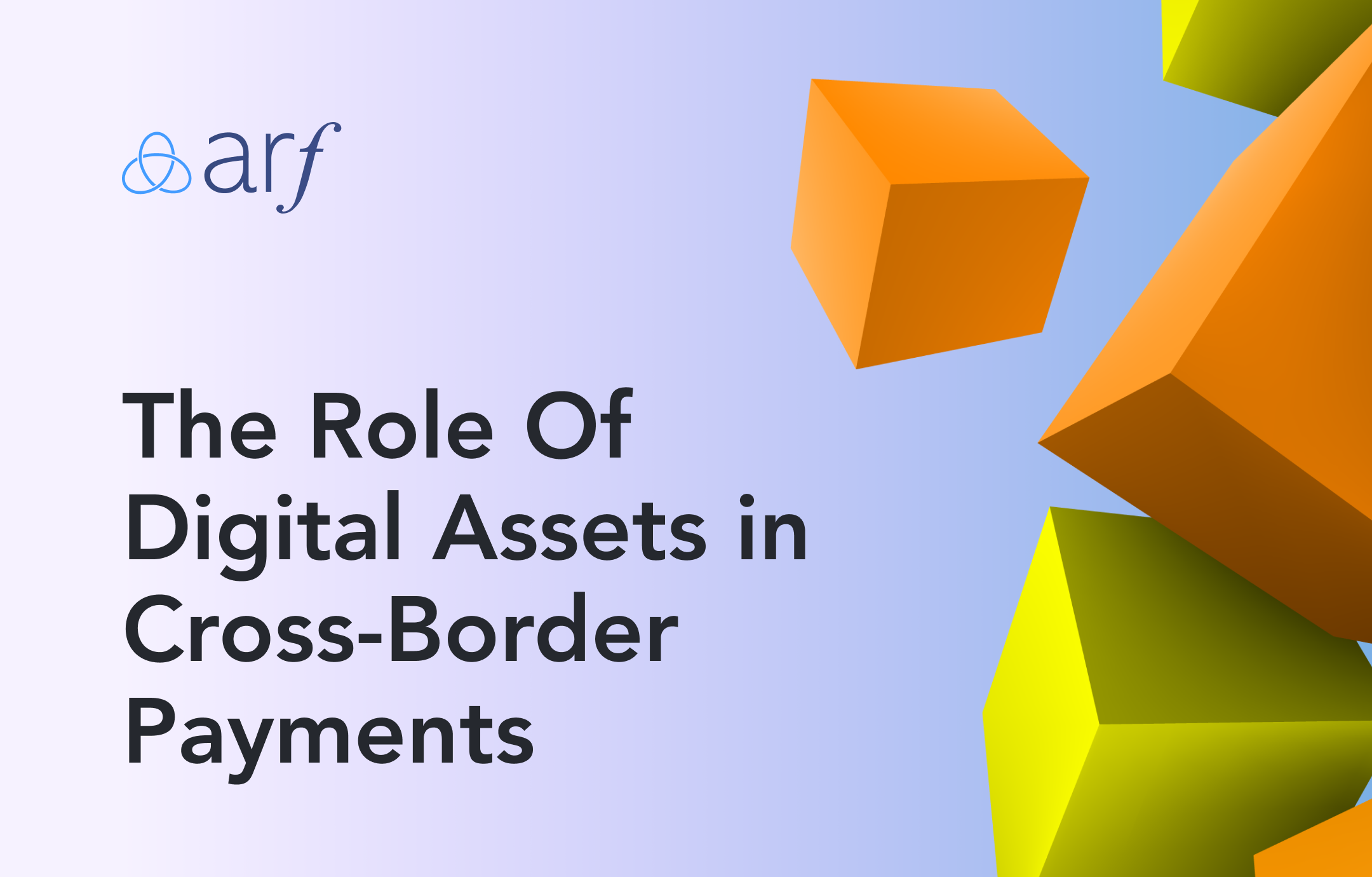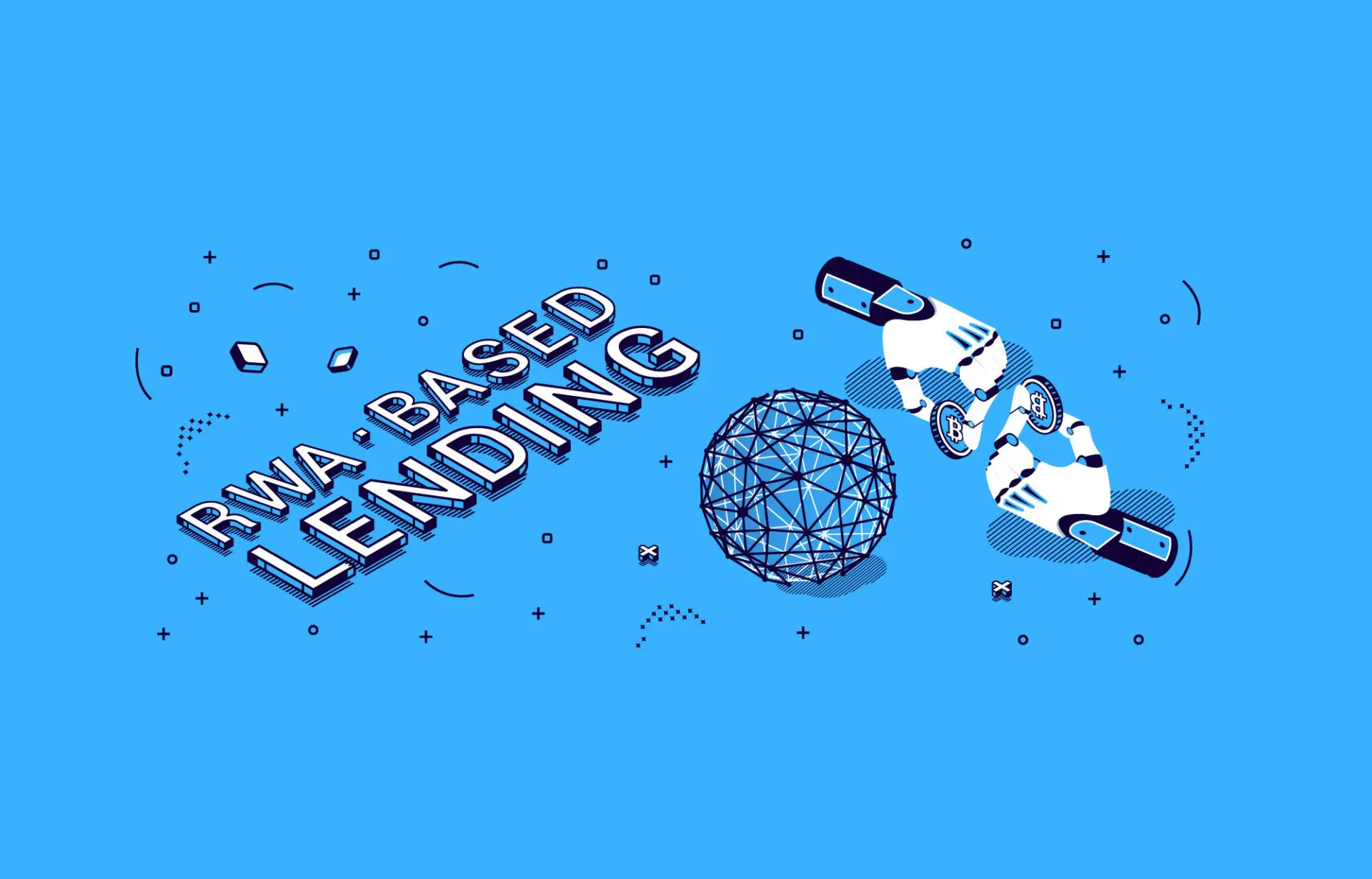In today's global economy, the efficient flow of cross-border payments is essential for international trade and financial transactions. However, traditional cross-border payment systems have long been plagued by a range of challenges that hinder their effectiveness. These challenges include high costs, slow settlement times, lack of transparency, and limited accessibility. Fortunately, the emergence of digital assets offers a promising solution to these issues, potentially transforming the landscape of cross-border payments.
The Challenges of Traditional Cross-Border Payment Systems
Traditional cross-border payment systems have long been plagued by various challenges that hinder the efficiency and effectiveness of global transactions.
- High Costs: International wire transfers and correspondent banking networks often involve multiple intermediaries, each charging fees along the payment chain. These costs can be substantial, especially for small businesses and individuals sending smaller-value transactions.
- Slow Settlement Times: Cross-border payments can take several days or even weeks to settle, causing delays in business operations and hindering liquidity management. The reliance on multiple intermediaries and manual processes contributes to the sluggishness of traditional systems.
- Lack of Transparency: The lack of transparency in traditional cross-border payment systems makes it difficult for senders and recipients to track the progress of their transactions. This opacity can lead to concerns about the security and integrity of the payment process.
- Limited Accessibility: Certain regions, especially in developing economies, have limited access to traditional banking services. This lack of accessibility excludes many individuals and businesses from participating in the global economy and hampers financial inclusion efforts.
Digital Assets and Their Benefits in Cross-Border Transactions
Digital assets are digital representations of value that utilize cryptographic technology to secure transactions. They are decentralized, borderless, and operate on blockchain networks, offering unique advantages for cross-border payments.
- Real-Time Settlement: Digital assets enable near-instantaneous settlement of cross-border transactions, eliminating the need for lengthy reconciliation processes and reducing counterparty risk. Transactions can be completed within minutes, enhancing liquidity management and enabling faster business operations.
- Lower Costs: By leveraging digital assets, cross-border payments can be conducted at a fraction of the cost compared to traditional systems. Eliminating the need for multiple intermediaries and reducing manual processes significantly reduces transaction fees, making global payments more accessible and affordable for businesses and individuals.
- Enhanced Security and Transparency: Blockchain technology, the underlying infrastructure for digital assets, provides enhanced security and transparency in cross-border transactions. The decentralized nature of blockchain ensures that transactions are recorded on a distributed ledger, making them immutable and resistant to fraud or tampering. Additionally, the transparency of blockchain enables participants to track the progress of their payments in real-time, enhancing trust and accountability.
- Global Accessibility: Digital assets transcend geographical boundaries, enabling individuals and businesses worldwide to participate in cross-border transactions. They provide a financial infrastructure that is accessible to anyone with internet connectivity, bypassing the limitations of traditional banking systems and promoting financial inclusion on a global scale.
How Digital Assets Streamline and Accelerate Cross-Border Payments
Digital assets streamline and accelerate cross-border payments by leveraging the unique properties of blockchain technology and the decentralized nature of digital currencies. Let's explore how different types of digital assets contribute to the efficiency of global transactions:
Cryptocurrencies as a Peer-to-Peer Payment System
Cryptocurrencies, such as Bitcoin, were the first manifestation of digital assets and introduced the concept of peer-to-peer electronic cash. They enable individuals to transact directly with each other without the need for intermediaries, such as banks or payment processors.
Stablecoins for Stability and Lower Volatility
Stablecoins are a type of digital asset that aims to maintain a stable value by pegging it to a reserve asset, such as a fiat currency or a basket of assets. They combine the benefits of cryptocurrencies, such as fast settlement times and reduced intermediaries, with the stability of traditional currencies.
Central Bank Digital Currencies (CBDCs) for Efficiency and Control
Central Bank Digital Currencies (CBDCs) are digital representations of a country's fiat currency issued by the central bank. Unlike cryptocurrencies, CBDCs are centralized and controlled by the governing central bank.
The Future Outlook for Digital Assets in Transforming Cross-Border Transactions
The future of cross-border payments is undoubtedly intertwined with the widespread adoption of digital assets. As businesses and individuals continue to seek more efficient, cost-effective, and transparent payment solutions, digital assets offer a compelling alternative to traditional systems.
Looking ahead, we can expect to see further advancements in digital asset technology, addressing scalability, regulatory compliance, and interoperability challenges. As these barriers are overcome, digital assets will become increasingly integrated into the global payments landscape, transforming cross-border transactions.
Regulatory frameworks will also play a crucial role in shaping the future of digital assets in cross-border payments. Governments and financial authorities are recognizing the potential of digital assets while also addressing concerns related to money laundering, terrorist financing, and consumer protection. Clear and balanced regulations will provide the necessary framework for businesses and individuals to embrace digital assets and unlock their full potential in cross-border transactions.





